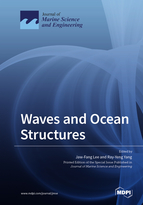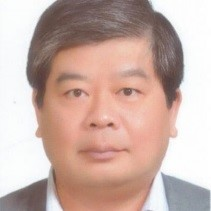Waves and Ocean Structures
A special issue of Journal of Marine Science and Engineering (ISSN 2077-1312). This special issue belongs to the section "Ocean Engineering".
Deadline for manuscript submissions: closed (5 January 2021) | Viewed by 39190
Special Issue Editors
Interests: interaction of waves and floating structures; interaction of waves and porous structures; interaction of waves and submerged structures; waves on poro-elastic seabeds; wavemaking theory
Special Issues, Collections and Topics in MDPI journals
Interests: ocean (coastal) engineering; ocean energy (wave and ocean current energy); ocean environment (internal wave and Langmuir circulation); hydrodynamic stability (double diffusion, salt finger convection); offshore structures (offshore wind energy and marine aquaculture cage nets); physical modeling
Special Issues, Collections and Topics in MDPI journals
Special Issue Information
Dear Colleagues,
In this Special Issue we would like to collect contemporary papers with topics including, but not limited to, interactions between waves and ocean structures. The wave theory can include effects from ocean structures. Various ocean structures can be included, such as fixed, movable, porous, flexible, free-floating, or with moorings. We are particularly interested in coupling between waves and structures emphasizing effects on wave fields or motions of the structure. As for the research methodology, it can be analytical, numerical, or in situ data analysis. New findings are especially welcome. With the increasing development of natural energy such as solar, current, or wave energy, new types of ocean structures interacting with ocean waves could also be an interesting topic. We encourage you to contribute to this Special Issue, and to help make this Issue successful.
Prof. Jaw-Fang Lee
Prof. Ray-Yeng Yang
Guest Editor
Keywords
- waves
- ocean structures
- fixed
- movable
- free floating
- mooring







